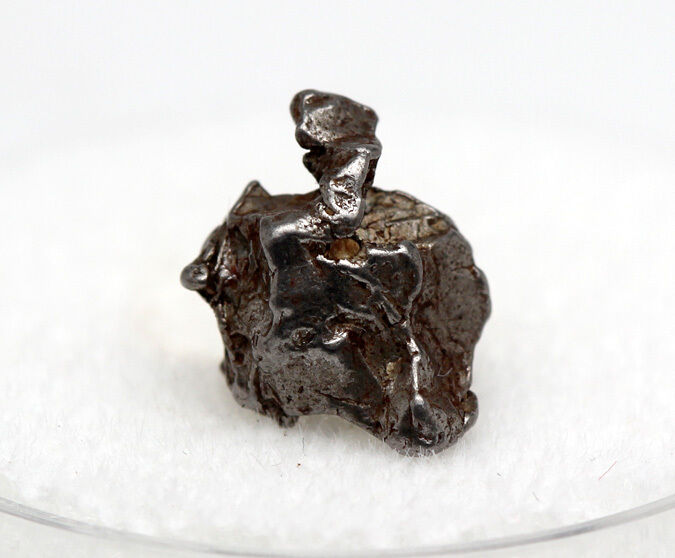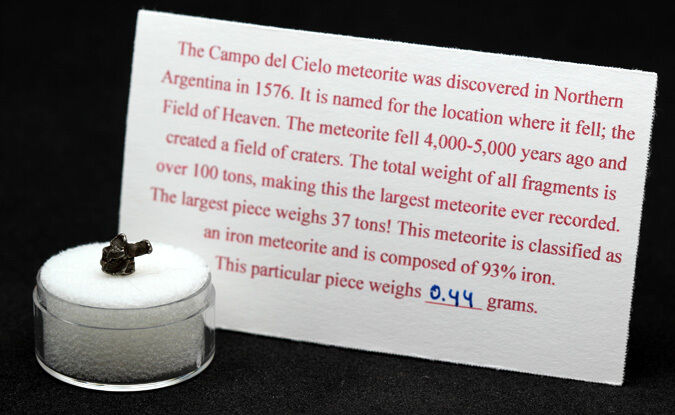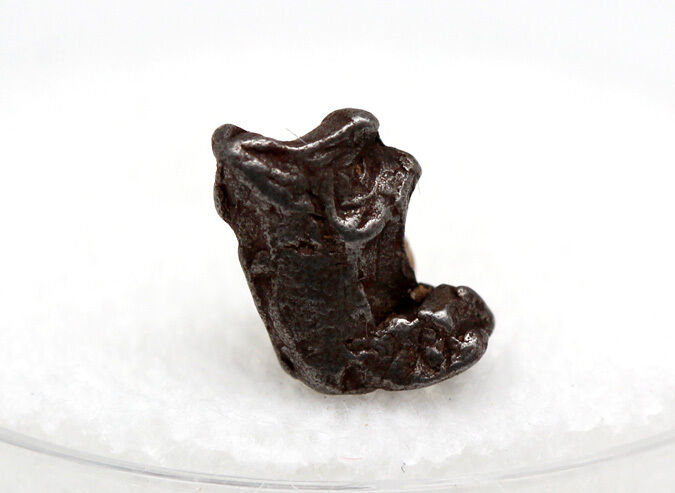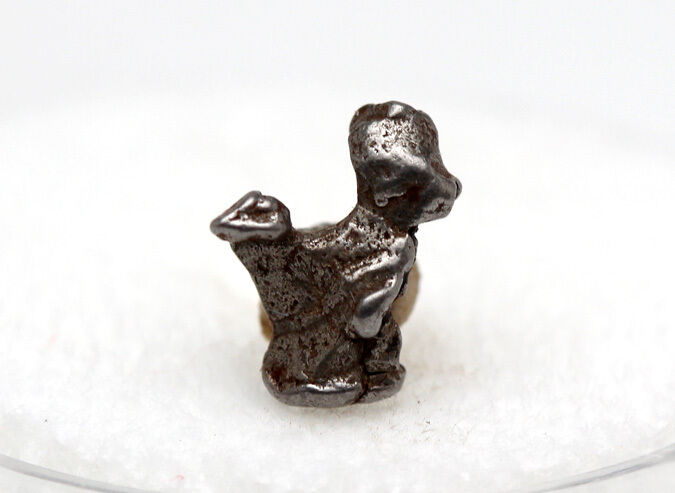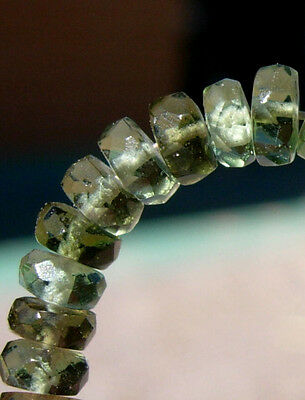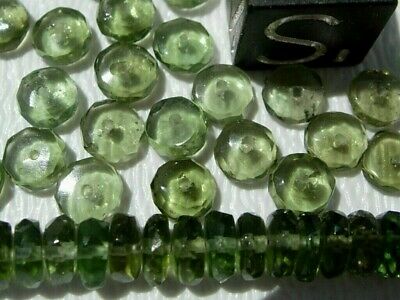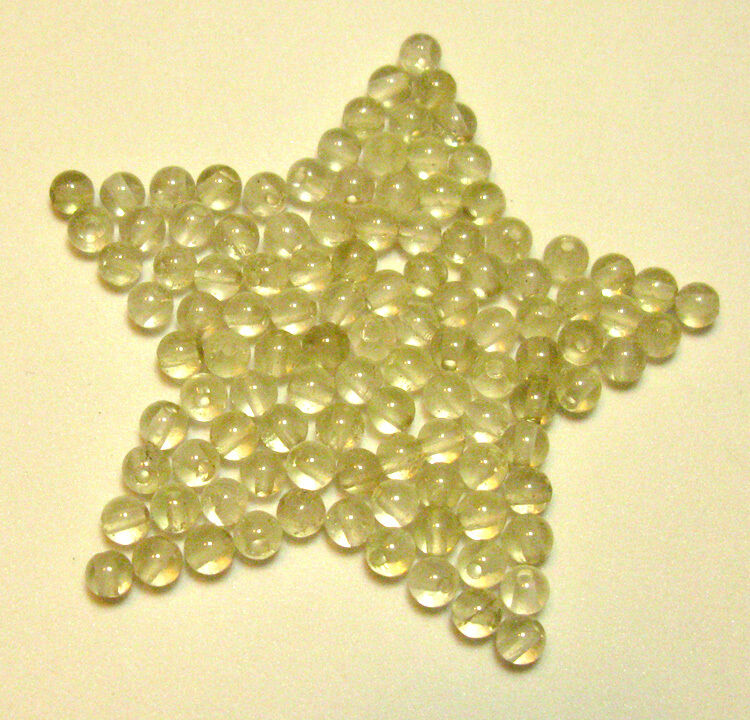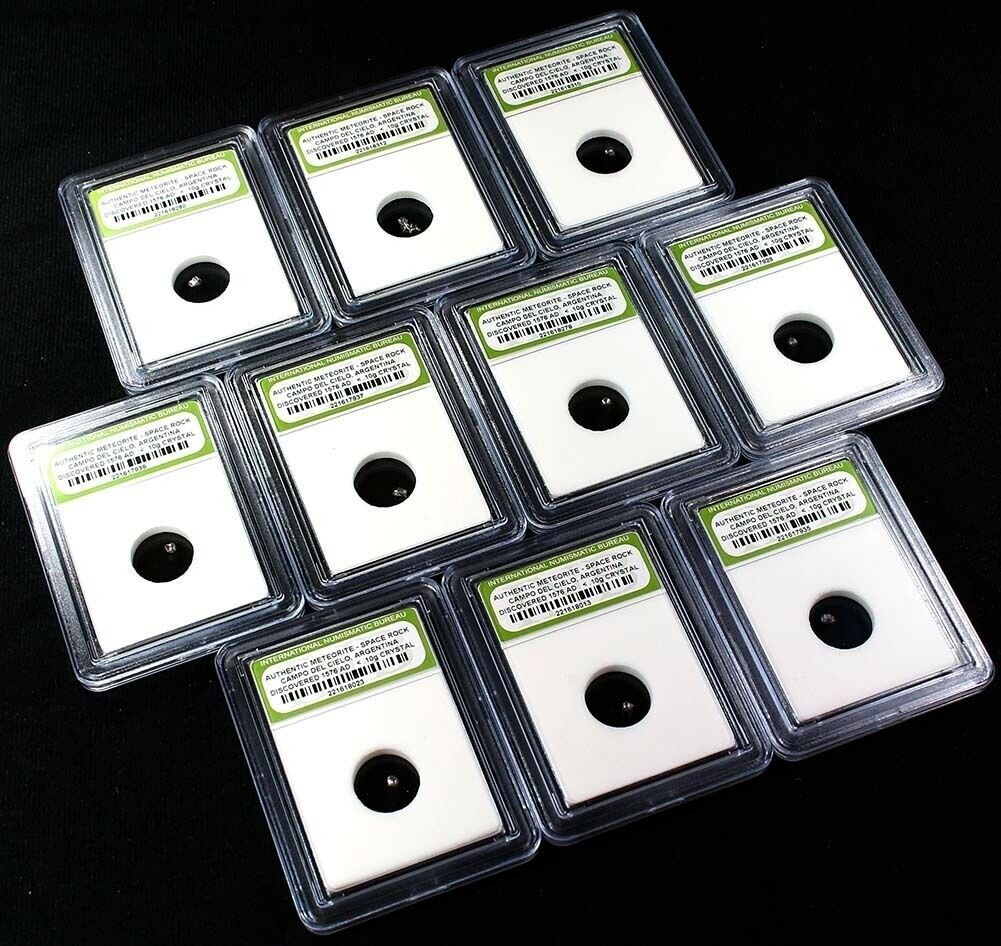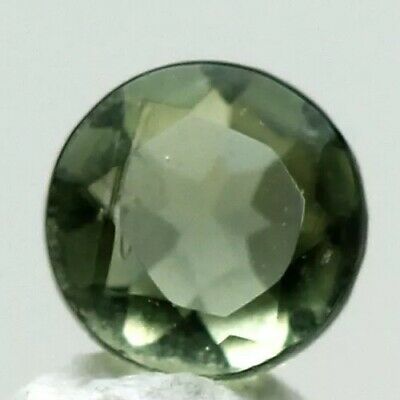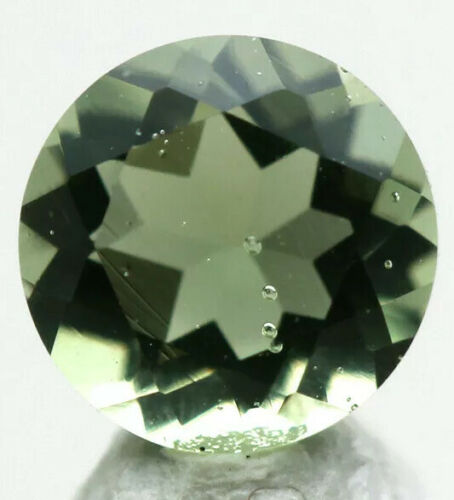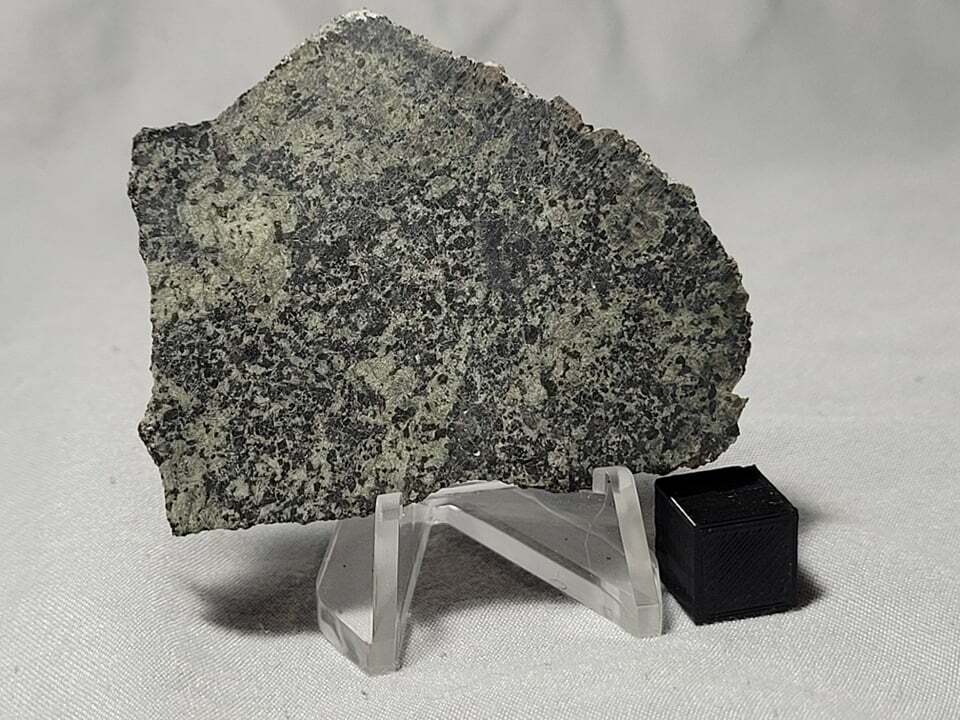-40%
Campo del Cielo Iron Meteorite Specimen SHOOTING STAR w/ Display Case & ID card
$ 1.55
- Description
- Size Guide
Description
This listing is for a really fascinating Campo del Cielo meteorite specimen in a display jar,including an info card providing some interesting facts about this meteorite and the location where it was discovered.
This kit is great for avid mineral and meteorite specimen collectors or beginners, as well as space science enthusiasts.
It would be a perfect gift set for getting someone interested in meteorite collecting and astronomy.
The 1 centimeter scale cube is for size comparison only. It is not included in the sale.
The photos are of several different specimens, but this listings is for one specimen with an info card.
The photos show multiple specimens to give a representation of the variety of shapes and colors in these specimens.
I offer a shipping discount for customers who combine their payments for multiple purchases into one payment!
The discount is regular shipping price for the first item and just 50 cents for each additional item!
To be sure you get your shipping discount just make sure all the items you want to purchase are in your cart.
Auctions you win are added to your cart automatically.
For any "buy it now" items or second chance offers, be sure to click the "add to cart" button, NOT the "buy it now" button.
Once all of your items are in your cart just pay for them from your cart and the combined shipping discount should be applied automatically.
I offer a money back guarantee on every item I sell.
If you are not 100% happy with your purchase just send me a message to let me know
and I will buy back the item for your full purchase price.
The Campo del Cielo meteorite was discovered in Northern Argentina in 1576. It is named for the location where it fell; the Field of Heaven.
The meteorite fell 4,000-5,000 years ago and created a field of craters. The total weight of all fragments is over 100 tons, making this the largest meteorite ever recorded.
The largest piece weighs 37 tons! This meteorite is classified as an iron meteorite and is composed of 93% iron.
If you have any questions, do not hesitate to ask me.
If you purchase from me you should know that the authenticity of this meteorite is guaranteed!
I am a member of the IMCA or the International Meteorite Collector's Association. This is an organization that is a check and balance of those who collect, trade and sell meteorites. You can only join this organization by having the utmost integrity. You must to have two references from existing members to get in and a good reputation. Members of this organization maintain a high standard by monitoring each others' activities for accuracy and honesty. It is every IMCA member's responsibility and pleasure to offer help and assistance to fellow members in order to ensure specimens are genuine. It is not wise to purchase meteorites on Ebay or other sources from those who are not IMCA members. This is a very tight-knit community made up of meteorite hunters, dealers, collectors, and scientists who look out for each other to make sure that the meteorites offered to the public are authentic and genuine. I encourage you to visit the IMCA website and get more information on what being a member means, and how your purchases from its members are guaranteed.
IMCA Member #7446
Below is some information about this meteorite from Wikipedia:
Campo del Cielo
From Wikipedia, the free encyclopedia
Jump to: navigation, search
Campo del Cielo
Campo del Cielo iron meteorite with natural hole, 576 grams
Type
Iron
Group
IAB
Structural classification
Octahedrite
Composition
92.9% Fe, 6.7% Ni, 0.4% Co
Country
Argentina
Region
Chaco Province and Santiago del Estero Province
Coordinates
27°38′S 61°42′W / 27.633°S 61.7°WCoordinates: 27°38′S 61°42′W / 27.633°S 61.7°W
Observed fall
No
Fall date
4,000–5,000 years ago
Found date
<1576
Total Known Weight (TKW)
>100 tonnes
The Campo del Cielo refers to a group of iron meteorites or to the area where they were found situated on the border between the provinces of Chaco and Santiago del Estero, 1,000 kilometers (620 mi) northwest of Buenos Aires, Argentina. The crater field covers an area of 3×20 kilometers and contains at least 26 craters, the largest being 115×91 meters. The craters' age is estimated as 4,000–5,000 years. The craters, containing iron masses, were reported in 1576, but were already well known to the aboriginal inhabitants of the area. The craters and the area around contain numerous fragments of an iron meteorite. The total weight of the pieces so far recovered exceeds 100 tonnes, making the meteorite the heaviest one ever recovered on Earth. The largest fragment, consisting of 37 tonnes, is the second heaviest single-piece meteorite recovered on Earth, after the Hoba meteorite.[1]
Contents
[hide]
1 History
2 The meteorite impact, age and composition
3 References
4 External links
History
"Las Víboras" meteorite found in Campo del Cielo and exhibited at the Universidad Nacional del Nordeste (Chaco, Argentina)
In 1576, the governor of a province in Northern Argentina commissioned the military to search for a huge mass of iron, which he had heard that Indians used for their weapons. The Indians claimed that the mass had fallen from the sky in a place they called Piguem Nonralta which the Spanish translated as Campo del Cielo ("Field of the Sky"). The expedition found a large mass of metal protruding out of the soil. They assumed it was an iron mine and brought back a few samples, which were described as being of unusual purity. The governor documented the expedition and deposited the report in the Archivo General de Indias in Seville, but it was quickly forgotten and later reports on that area merely repeated the Indian legends. Following the legends, in 1774 don Bartolome Francisco de Maguna rediscovered the iron mass which he called el Meson de Fierro ("the Table of Iron"). Maguna thought the mass was the tip of an iron vein. The next expedition, led by Rubin de Celis in 1783, used explosives to clear the ground around the mass and found that it was probably a single stone. Celis estimated its mass as 15 tonnes and abandoned it as worthless. He himself did not believe that the stone had fallen from the sky and assumed that it had formed by a volcanic eruption. However, he sent the samples to the Royal Society of London and published his report in the Philosophical Transactions of the Royal Society.[2] Those samples were later analyzed and found to contain 90% iron and 10% nickel and assigned to a meteoritic origin.[3]
Later, many iron pieces were found in the area weighing from a few milligrams to 34 tonnes. A mass of about 1000 kg known as Otumpa was located in 1803. Its larger part of about 634 kg was brought in 1813 to Buenos Aires and later donated to the British Museum. Other large fragments are summarized in the table below. The mass called el Taco was originally 3070 kg, but the largest remaining fragment weighs 1998 kg.[4]
Campo del Cielo is located in Argentina
Campo del Cielo
Campo del Cielo
Location of Campo del Cielo craters
The largest mass of 37000 kg was located in 1969 at a depth of 5 m using a metal detector.[3] This stone, named El Chaco, is the second heaviest single-piece meteorite after the Hoba meteorite (Namibia) which weighs 60 tonnes. However, the total mass of the Campo del Cielo fragments found so far exceeds 60 tonnes, making it the heaviest meteorite ever recovered on Earth.[5]
In 1990 a local Argentinean highway police officer foiled a plot by Robert Haag to steal El Chaco. The stone had already been moved out of the country, but was returned to Campo del Cielo and is now protected by a provincial law.[6]
The meteorite impact, age and composition
A crater field of at least 26 craters was found in the area, with the largest being 115×91 meters. The field covered an area of 3×19 kilometers with an associated strewn area of smaller meteorites extending further by about 60 km. At least two of the craters contained thousands of small iron pieces. Such an unusual distribution suggests that a large body entered the Earth's atmosphere and broke into pieces which fell to the ground. The size of the main body is estimated as larger than 4 meters in diameter. The fragments contain an unusually high density of inclusions for an iron meteorite, which might have facilitated the disintegration of the original meteorite. Samples of charred wood were taken from beneath the meteorite fragments and analyzed for carbon-14 composition. The results indicate the date of the fall to be around 4,200–4,700 years ago, or 2,200–2,700 years BC.[3][7]
The average composition of the Campo del Cielo meteorites is 6.67% Ni, 0.43% Co, 0.25% P, 87 ppm Ga, 407 ppm Ge, and 3.6 ppm Ir, with the rest being iron.[8][3]
Major fragments of the Campo del Cielo meteorite[8][9][10][11]
Mass (tonnes) ↓
Name ↓
Year of discovery ↓
>15
el Meson de Fierro or Otumpa (missing)
1576
>0.8
Runa Pocito or Otumpa
1803
4.21
el Toba
1923
0.025
el Hacha
1924
0.732
el Mocovi
1925
0.85
el Tonocote
1931
0.46
el Abipon
1936
1
el Mataco
1937
2
el Taco
1962
1.53
la Perdida
1967
3.12
Las Viboras
1967
37
el Chaco
1969 (extracted in 1980)
>10
Tañigó II (missing)
1997
15
la Sopresa
2005
7.85
el Wichí or Meteorito Santiagueño
2006
